The basics of growing flowers from seed
My first attempt at starting seeds in soil blocks
Few things in your gardening journey are more magical and joyful than starting your plants from seed. The anticipation, the planning, the hope it all brings keep us going through the gloomiest, longest winter days here in zone 5.
Although you might think that late January or early February is too early to start seeds, an overlooked type of annuals actually need cold weather to grow and bloom. They are called hardy annuals and I wrote about them in this post.
And if you’re not ready to start seeds in mid-winter, this post gives you the basics to starting any kind of seeds - including vegetables. Just make sure you know which seeds must be started by direct sowing in the garden instead - not all flowers (or veggies) like to be transplanted.
Equipment you need to start annuals
It’s not impossible to germinate without a heat mat and grow lights. But I recommend making an investment to achieve consistent results, especially if you are growing for a large garden. This is especially important for annuals like snapdragons, which germinate best with heat and light.
You will need:
Plug tray(s)
Grow light
Heat mat
Cookie rack
Seedling potting soil
Let’s dig deeper into each one.
Grow light. If you are just starting out and planning to grow only a couple of flowers, you can get a table-top grow light. That’s how I got started and it worked beautifully. These days I’m growing more flowers and I’ve switched to overhead LED lights with adjustable output, like this one.
Heat mat. I have two heat mats like this one. You need to keep them plugged in at all times during germination.
Plug trays. I started out years ago with a set of 12-plug trays like these and I still use them. I learned from Lisa Mason Ziegler recently that using domes actually is detrimental to germination, especially when you have to use a grow light. This is because the grow light produces heat, which gets trapped under the dome, effectively cooking the seeds or seedlings. I made that mistake and didn’t realize it was due to the dome and grow light lethal combo.
So, ditch the dome and compensate by growing in a room with warm ambient temperature (70-75F).
Seedling potting soil. Any will do but make sure you know what you’re getting. Some soils I tried had huge chunks of perlite or sticks that made sowing teeny seeds very difficult. This season I’m using Burpee’s seed-starting mix.
Step-by-step instructions to start your seeds indoors
Gather all your equipment and the seeds - it’s time to get started!
Fill the plug trays with moist seed starting soil.
Sow 2-3 seeds in each plug, according to depth requirements (on the surface or covered with soil, as noted in this flower starting post).
Label. I also include spacing to make it easier when it’s time to transplant.
Spray with water.
If the seeds require heat (see flower-specific info here), place the mat and the tray on top of a cookie rack. This allows for some air circulation to avoid overheating the soil.
Position the grow light about 2in above the tray. The light should be on for 16 hrs a day (e.g., from 6 a.m. to 10 p.m.).
Check daily. If the soil looks dry, add water to the bottom tray. Don’t water from the top because you will disturb the seeds.
Move the light up as the seedlings grow.
Typically, the seedlings are ready to be hardened off when they are 4-6 weeks old. Take the trays outside in a sheltered (not windy) and mostly shady spot for 2-3 hours the first couple of days, then increase gradually over the next 5-8 days. Bring them back inside under the grow lights at the end of each hardening off day.
Transplant in the garden at the recommended date (see here).
Cover with a plastic dome (I have these) if the temperature deeps much below freezing or it’s very windy. You can also try frost fabric.
Getting your planting space ready
Your garden needs a little prep to give your transplants the best chance of establishing and thriving. It’s best to do this in the fall but busting out your compost and shovel any time before spring planting works too.
Work in a layer of compost in your planting area. If it’s winter still, try to remove any snow or ice and cover the area with a tarp or frost fabric for easy access when it’s time to transplant. Secure the cover with stones or bricks.
Be mindful of spacing. In this post, I offer many details about plant spacing for 10 flowers that can be transplanted or started in early spring. In a cutting garden, spacing is much closer than in landscaping. For example, you can plant snapdragons 9” apart instead of the typical 12” for landscaping.
If you’re using containers, fill them with potting soil. Make sure they have a few drainage holes. If you have some loose gravel or even some large seashells, place them loosely over the holes before pouring the soil. This prevents the holes from getting clogged with soil. If it’s still winter, keep the containers in a sheltered place (like a garage) to keep the soil from freezing.
If you’re new to flower gardening, all this might sound overwhelming. Be easy on yourself! The process might not go as planned and there will be mistakes - and that’s totally ok. It happens to the most experienced gardeners and even flower farmers too. Happy seed-starting!

